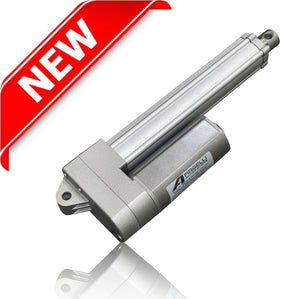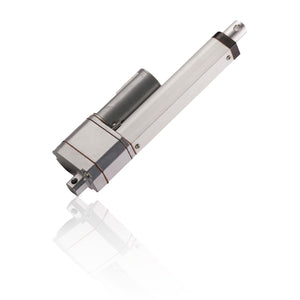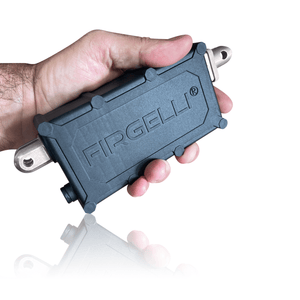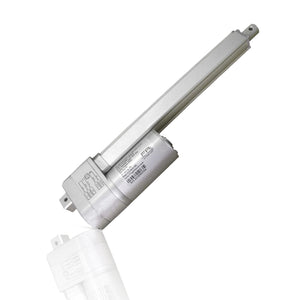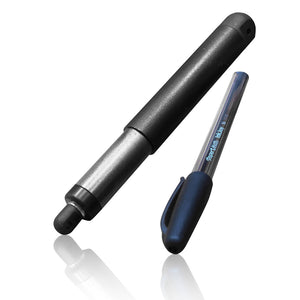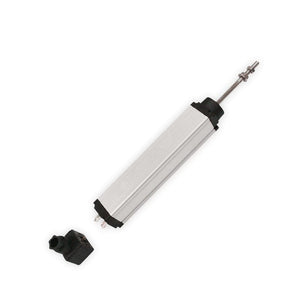
Harness Precision with our Feedback Actuators
Introducing our latest collection of actuators featuring Optical Sensors for unparalleled feedback accuracy. The OS Series is designed to revolutionize your automation needs with seamless positioning control. Engineered with built-in optical sensors, these feedback linear actuators deliver real-time feedback, ensuring precise positioning every time. With three force options ranging from 35 to 400 lbs, built-in limit switches, and high-grade aluminum construction, these actuators are built to exceed your expectations. Explore the benefits and drawbacks of different feedback options and elevate your control system with the Synchronous Control Board for synchronized movement across multiple actuators.
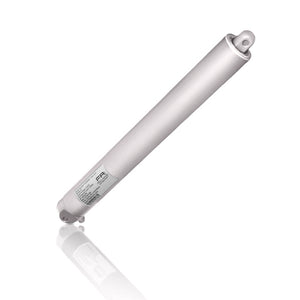
- Force 500–1124 lb's
- Stroke 6–40 Inches
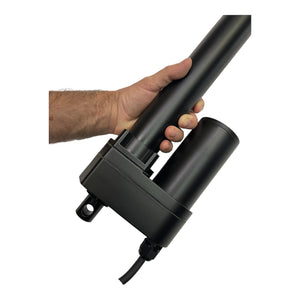
- Force 900–1500 lb's
- Stroke 6–40 Inches
We're proud to introduce our new line of Actuators featuring Optical Sensors to provide feedback.
When you need to know the exact positioning of your actuators, the OS Series is what you need. These powerful feedback linear actuators come with a built-in optical sensor that provides feedback when you need it. The OS Series has no built-in controller but does provide single-phase pulses as a position feedback signal that can be input to an external controller such as an Arduino.
The OS series is equipped with a 10 hole optical encoder disk that with the gearing to the actuator output shaft will send 100 pulses/inch of stroke ( +/- 5 pulses).
There are three force options available ranging from 35 to 400 lbs. These units come equipped with built-in limit switches, are manufactured with high-grade aluminum outer and inner tubes, and come in various stroke lengths from 1" - 30".

Linear actuators with position feedback have either built-in Potentiometers, Hall sensors, or Optical Sensors.
We offer Linear Actuators with position feedback that have all 3 Feedback options. (Optical, Potentiometer, and Hall sensor) each Feedback actuator type has its own benefits and drawbacks. As such we wrote an article about the advantages and disadvantages of each one, so you can really understand the difference to help you decide which will best suit your application.
Article: Understanding how Feedback Linear Actuators work
Our 3 types of Feedback Linear Actuators include:
- Potentiometer linear actuators. These Actuators offer 3 wire voltage divider systems. Basically, the Potentiometer has 3 wires, where one wire represents 0v to represent the retracted position of the Actuator, +ve input voltage to represent 100% of the max travel. So if you put 12v into the potentiometer, that 12v will represent the maximum stroke. and the 3rd wire is used to actually measure the voltage along the actuator stroke.
- Optical feedback style. These feedback actuators use an optical sensor and a rotating disc with holes in it that are attached to the gearbox inside the Actuators. The position is created by counting the pulses from a starting position.
- Hall Sensor Effect. These Actuators are very similar to Optical, and in fact, the voltage input is the same and the output signal is the same. The Hall effect simply uses a magnetic disc that spins within the Gearbox, and the sensor just measures the number of revolutions by counting the positive and negative poles of the magnet.
- We also have separate Linear Potentiometers that could be used alongside a regular non-feedback linear actuator if you cannot use any of our feedback actuators. They are offered in strokes of up to 50" Inches, however, you only need to use whatever stroke you require to get the feedback you need.

Synchronous Control Board for Feedback Actuators
The Synchronous Control Board allows you to move multiple Linear actuators with feedback in sync with the same speed irrespective of load. Non-synchronized actuators can lead to bending loads which is likely to cause damage to the actuators.
The FCB-1 will allow the movement of up to four actuators in perfect synchronization, which is especially ideal for applications with uneven loading or where precise alignment is crucial. Operates with our feedback actuators such as our Super Duty Linear Actuator or the Utility Linear Actuator.
There are only two reasons you need a Linear actuator with feedback.
You need to know the position of the actuator because you need to move it to specific locations repeatedly.
You need to control two or more actuators to run at the same speed or in sync with each other.
The level of precision you require and the controller you are going to use really dictate which type to use. For creating a control system an Arduino Controller is by far the most common.
If you would like to learn how a Linear Actuator works or what the inside of a Linear Actuator looks like click here.
To learn the difference between all the different types of feedback types click here

.
Frequently Asked Questions
An actuator becomes a feedback actuator when it is equipped with sensors that provide real-time feedback on its position. These sensors, such as Potentiometers, Hall sensors, or Optical Sensors, continuously monitor the actuator's position and provide feedback signals that indicate the actuator's exact location. This feedback enables precise control and positioning of the actuator, making it suitable for applications where accuracy and reliability are critical. In summary, what distinguishes a feedback actuator from a regular actuator is the inclusion of sensors that provide continuous feedback on its position during operation.
Each feedback option has its own benefits and drawbacks. Potentiometer actuators offer simplicity and cost-effectiveness but may lack the accuracy of Optical Sensors. Hall Sensor actuators provide similar performance to Optical Sensors but with a different sensing mechanism. Optical Sensors offer the highest precision but may come at a higher cost. Consider your application's requirements for accuracy, cost, and environmental conditions to choose the most suitable option. We go ino detail about each feedback type in our blog post.
Yes, you can synchronize multiple feedback actuators using a Synchronous Control Board. This allows you to control multiple actuators at the same speed, ensuring synchronized movement regardless of load. This feature is beneficial for applications requiring precise alignment or coordinated movement of multiple actuators.
Top Blog Posts for Feedback Actuators
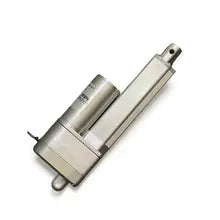
Actuators are the unsung heroes behind countless devices. From automotive systems to home appliances, they're ubiquitous in today's world. But what exactly are actuators, and...
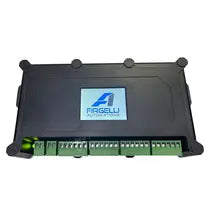
Unlock the power of precision in automation. Synchronize multiple electric linear actuators using Firgelli Automation's advanced control board. From wiring to configuration, learn how to...
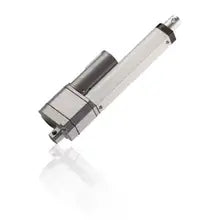
Explore the essentials of feedback actuators, including potentiometer, Hall sensor, and optical sensor technologies. Learn the pros and cons of each type to determine the...
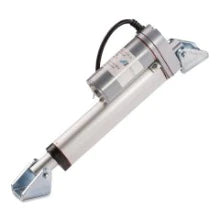
The approach for mounting a linear actuator involves the utilization of clevis end mounting brackets. In this widely adopted mounting technique, the brackets are affixed...
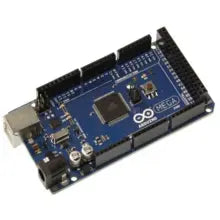
Learn how an arduino, a open-source electronics platform, offers unparalleled control and automation for feedback actuators, in various DIY projects and installations. Discover the simplicity...
